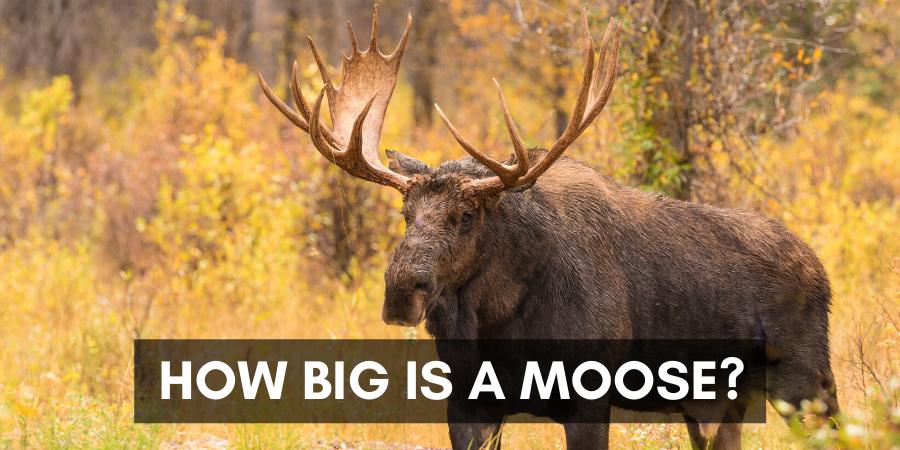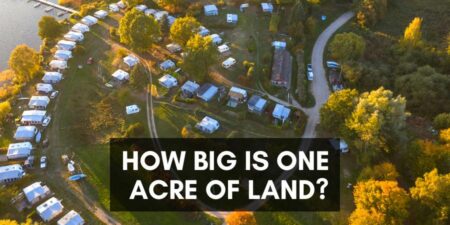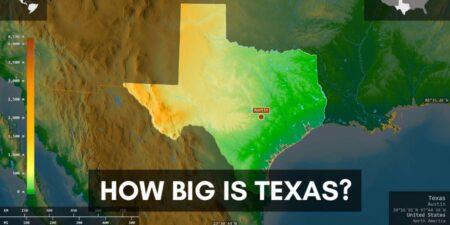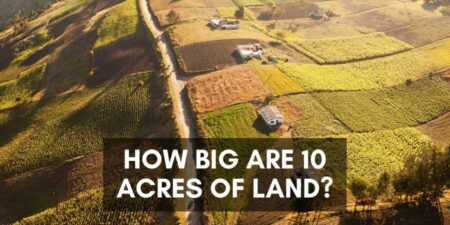Are you curious about how big a moose is? This post will show you! Let’s visualize the average-sized moose in weird places — e.g., in a kitchen, on a basketball court, next to a person, next to a tent.
I’ve found that comparing a moose with weird things helps with perspective — you’ll see (and remember) just how big these beautiful creatures are!
15 Intriguing Facts About the Moose
- Moose are the deer family’s largest members, including animals like elk and white-tailed deer.
- Adult male moose, known as bulls, can weigh as much as 1,500 pounds, while adult females, or cows, weigh around 800-1,300 pounds.
- Moose can reach heights of up to 6.5 feet at the shoulder, not counting the head and antlers.
- Bull moose grow new antlers each year, starting in the spring. The antlers shed in winter can spread up to 6 feet and weigh around 40 pounds.
- Despite their size, moose are excellent swimmers (see picture at the end) and can swim up to 6 miles per hour or stay submerged underwater for 30 seconds.
- They are herbivores, and their diet consists mainly of aquatic and terrestrial vegetation, including leaves, bark, twigs, and shoots.
- Moose have a humped shape because they have very long legs and short necks, forcing them to stoop to eat or drink.
- A moose’s front legs are longer than its back legs. This adaptation helps them jump over fallen trees and other obstacles when they are running.
- Moose are mostly solitary, unlike most deer species, which form herds.
- In the wild, moose typically live for 15 to 20 years.
- Moose have poor eyesight, but their hearing and sense of smell are excellent, helping them detect predators.
- Moose are not typically aggressive but can be very dangerous if threatened or provoked. They are most likely to attack humans during calving season or if a bull is in a rut (mating season).
- The skin that hangs from a moose’s neck is called a bell. Scientists aren’t sure about its purpose, but some speculate it may help attract mates.
- Moose are incredibly fast and can run up to 35 miles per hour.
- Although they’re largely found in the colder climates of Canada and the northern United States, moose can also be found in northern Europe and Russia, where they’re known as “elk.”
What Is the Average Weight of a Moose?
Moose are the largest members of the deer family. The average weight for an adult male moose is about 1,100 lbs (approx. 500 kg), while the average weight for adult females is around 800 pounds (approx. 360kg).
There’s a lot more variety in the spectrum than just these two numbers, though; it can range anywhere from 300 pounds all the way up to 1500 pounds!
How Tall Do Moose Get?
Like most animals, moose vary in size depending on their environment. However, both males and females in this species have an average height between 4-6 feet.
The length of a mature moose can range anywhere between seven and ten feet long!
How Big Is a Moose?
Let’s Use Visual Aids to Gain a Perspective on the Size of a Moose.
Visualize a Moose Next to a Human

Visualize a Moose Next to a Compact Car
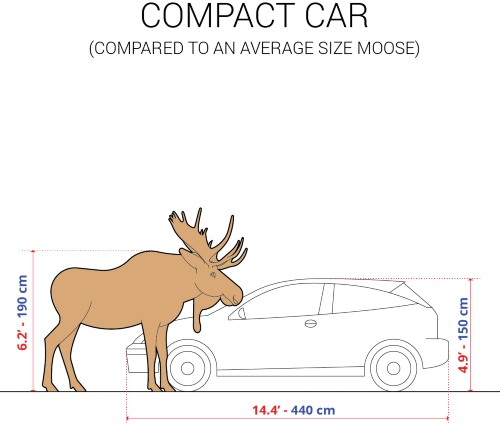
Visualize a Moose in the Kitchen

Visualize a Moose on a Basketball Court

Visualize a Moose Next to a Camping Tent
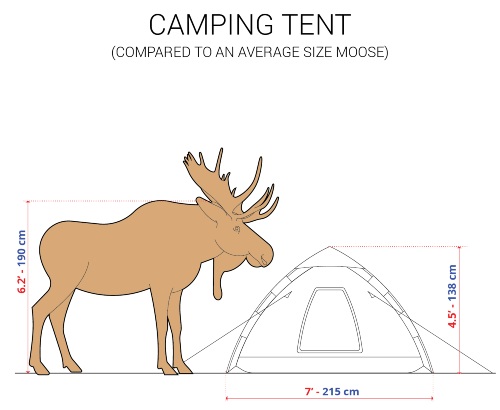
How Big Is a Moose? (Video)
Comparative Heights and Weights of Moose and Other Animals
| Animal | Average Height at Shoulder | Average Weight |
|---|---|---|
| Wolf | 2.5 – 3.0 ft (76 – 91 cm) | 70-180 lbs (32 – 82 kg) |
| Siberian Tiger | 3.0 – 3.5 ft (91 – 107 cm) | 450-700 lbs (204 – 318 kg) |
| White-tailed Deer | 3.3 ft (100 cm) | 150-300 lbs (68 – 136 kg) |
| Grizzly Bear | 3.5 ft (107 cm) | 600-900 lbs (272 – 408 kg) |
| Lion | 3.6 ft (110 cm) | 265-420 lbs (120 – 190 kg) |
| Kangaroo | 3.0-5.0 ft (91 – 152 cm) | 120-200 lbs (54 – 91 kg) |
| Polar Bear | 3.5-5.0 ft (107 – 152 cm) | 900-1,600 lbs (408 – 726 kg) |
| Domestic Cow | 4.5 ft (137 cm) | 800-1,300 lbs (362 – 590 kg) |
| Domestic Horse | 4.5-5.5 ft (137 – 168 cm) | 1,000-2,200 lbs (453 – 998 kg) |
| Hippopotamus | 4.5-5.5 ft (137 – 168 cm) | 2,900-4,000 lbs (1,315 – 1,814 kg) |
| Bison | 5.0 ft (152 cm) | 1,400-2,200 lbs (635 – 998 kg) |
| Camel | 6.0-7.0 ft (183 – 213 cm) | 1,000-1,500 lbs (453 – 680 kg) |
| Moose | 6.2 ft (188 cm) | 1,000-1,500 lbs (453 – 680 kg) |
| African Elephant | 10.0-13.0 ft (305 – 396 cm) | 5,000-14,000 lbs (2,268 – 6,350 kg) |
| Giraffe | 15.0-20.0 ft (457 – 610 cm) | 1,800-3,000 lbs (816 – 1,361 kg) |
Related Questions
1. How tall can a full-grown male moose stand at the shoulder?
A full-grown male moose, also known as a bull moose, can stand as tall as 6.5 feet at the shoulder.
2. What’s a unique feature of a moose’s diet in the winter?
During winter, a moose’s diet changes to consuming twigs and bark from trees like willow, birch, and aspen. They also forage on shrubs and pinecones when other food sources are scarce.
Want to Connect With a Community of Over 1,078 RV Enthusiasts?
3. What are the distinctive features of a moose’s antlers, and how heavy can they get?
Moose antlers are large, broad, and palmate, meaning they have a distinct flattened, fan-like shape. The antlers of a full-grown bull moose can weigh up to 40 pounds!
4. Are moose good swimmers, and if so, why?
Yes, moose are excellent swimmers. They can swim up to 6 miles per hour, hold their breath for a full minute, and even dive over 15 feet to forage for aquatic plants.
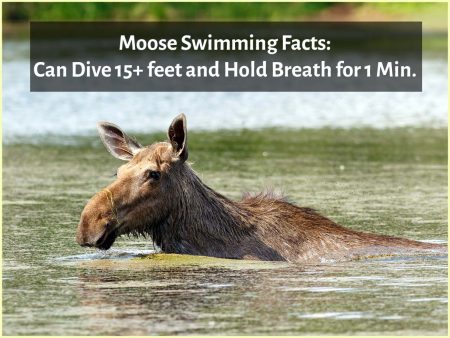
5. Do moose have any natural predators, and how do they defend themselves?
Moose do have natural predators like wolves and bears, and when threatened, they can use their size, antlers, and sharp hooves to defend themselves. Moose are also known to charge at predators or perceived threats.
"Man cannot discover new oceans unless he has the courage to lose sight of the shore."
-- Andre Gide

